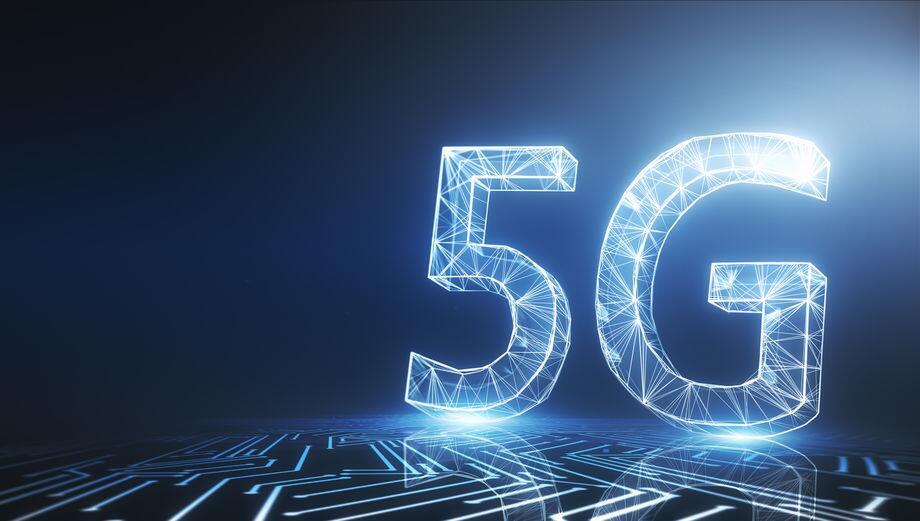What is 5G?
5G (fifth generation) is the abbreviation of the fifth generation of mobile communications, which will replace the current 3G and 4G. Behind this reduction lies a whole range of technologies, many of which are still under development. The completion of the testing phase and the adoption of standards is expected no earlier than 2020.

What are the main differences between 5G and existing standards?
The introduction of the fifth generation of mobile networks promises to be a revolutionary breakthrough in the field of communications due to the following innovations:
Massive MIMO. This technology involves the use of multiple antennas on transceivers. As a result, the data transfer rate and signal quality will increase in proportion to the number of antennas due to diversity reception.
New ranges. Today, LTE networks occupy frequencies below 3.5 GHz. 5G standards imply the use of higher frequency ranges. This will allow you to get rid of interference, but will force you to increase the power of the transmitters and more densely place the base stations.
Network slicing. This technology allows mobile operators to deploy logically isolated networks, each of which will be allocated for certain needs, for example, for the Internet of things, broadband access, video broadcasting and so on. Thus, the next-generation mobile network can adapt more flexibly to various applications.
D2D (Device-to-device). Devices located close to each other will be able to exchange data directly.
What will we get from the introduction of 5G?
The first and most important consequence of the introduction of 5G is a significant increase in data transfer speed. During preliminary testing, peak levels were recorded at 25.3 Gbit / s. If we talk about the real speeds that ordinary users are waiting for, then in 5G they will reach 10 Gb / s.
This means that you can download movies in Full HD resolution in seconds.
For comparison: now the maximum 4G speed for subscribers rarely exceeds 100 Mb / s. The large network bandwidth is useful for live broadcasts of high definition video, the operation of virtual reality applications, the organization of distance learning systems.
Another 5G reduces the signal delay to 1 millisecond. Recall that now delays can reach 10 milliseconds in 4G networks and 100 milliseconds in 3G. Improving this metric will allow you to use mobile connectivity even in situations where response time is critical. For example, for remote control of agricultural machinery, industrial robots or unmanned vehicles.
The global spread of fifth generation networks is likely to lead to the gradual death of Wi-Fi. Your smartphone, tablet or laptop will always and everywhere have access to the Internet, regardless of whether there is a router nearby or not.
Will my smartphone work in the new network?
Not. To use all the capabilities of next-generation networks, you will need to purchase a smartphone that supports them. Already aware of the imminent release of several such devices. These include Xiaomi Mi Mix 3, Samsung Galaxy S10, Motorola Moto Z3, ZTE 5G, Huawei Mate Flex, Oppo F11 Pro, Nokia 10 and some others.
When to expect?
5G trials are currently underway in many countries. A full launch of the first new generation networks is planned no earlier than 2020. Most likely, this will happen in the Asian region.
5G Commercial, Planned, and Pilot Networks

